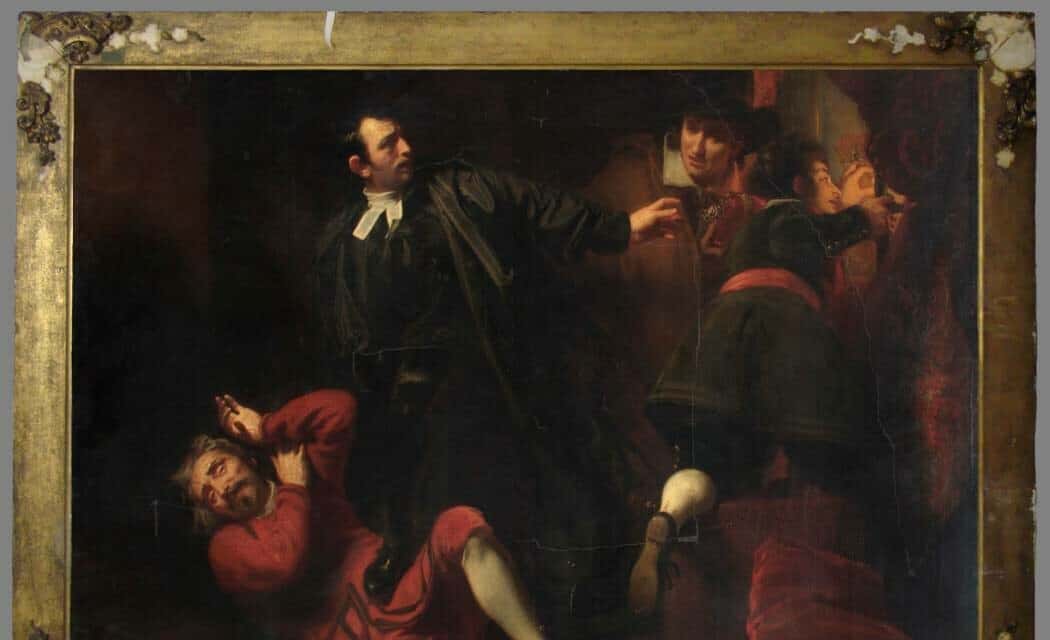Most crimes are run-of-the-mill and prosaic affairs – except for the direct participants, whether victims or perpetrators. To outside observers, there is usually little to separate one gas station robbery from another or make one street mugging stand out from others. However, every now and then, we get a crime or criminal so bonkers, that people cannot help but perk up and pay attention. Following are forty fascinating things about some of history’s most bonkers crimes and criminals.

40. The One-Legged Gangsters
Around the turn of twentieth century, Melbourne, Australia, was terrorized by a band of toughs known as the Crutchy Push. “Push” was Australian slang for a gang, and the “Crutchy” part came from the gang being composed almost exclusively of one-legged men who used crutches. The sole exception was a member who had both legs, but was missing an arm – he stuffed the empty sleeve with a brick, to swing it around like a flail during fights.
Led by one Valentine Keating, who had lost his right leg, the Crutchy Push’s membership criterion boiled down to a missing limb, a thirst for drink, and a fighting attitude. Surprisingly, they were well nigh unbeatable. They practiced and perfected a fighting technique in which they jabbed victims in the midriff with a crutch tip, causing them to double over, then used the metal shod arm rest like a club to bash them in the head.

